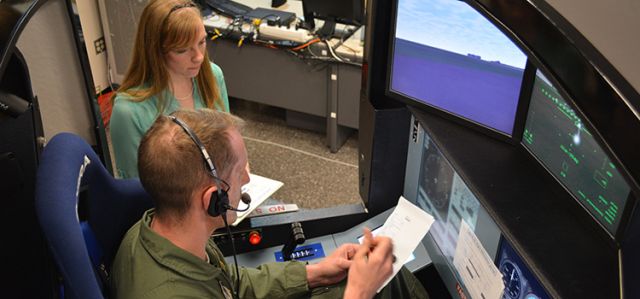Document Type
Conference Paper
Publication Date
4-2006
Publication Source
Society of Automotive Engineers 2006 World Congress
Abstract
Much energy is lost through excess air flow in and out of process heating equipment. Energy saving opportunities from managing air flow include minimizing combustion air, preheating combustion air, minimizing ventilation air, and reconfiguring openings to reduce leakage.
This paper identifies these opportunities and presents methods to quantify potential energy savings from implementing these energy-savings measures. Case study examples are used to demonstrate the methods and the potential energy savings.The method for calculating savings from minimizing combustion air accounts for improvement in efficiency from increased combustion temperature and decreased combustion gas mass flow rate.
The method for calculating savings from preheating inlet combustion air consists of fundamental heat exchanger and combustion efficiency equations. This method accounts for the reduction of combustion air flow as fuel input declines, which is often neglected in many commonly-used methods. The method for calculating savings from reducing forced ventilation in ovens accounts for flow rate of ventilation air and air temperature when entering and exhausting the oven. The method for calculating savings from reconfiguring oven openings accounts for flow rate of air entering and exiting the oven due to buoyancy forces.
Inclusive pages
1-16
Document Version
Published Version
Copyright
Copyright © 2006, SAE International
Publisher
SAE International
Place of Publication
Detroit, MI
eCommons Citation
Carpenter, Kevin and Kissock, J. Kelly, "Energy Efficient Process Heating: Managing Air Flow" (2006). Mechanical and Aerospace Engineering Faculty Publications. 158.
https://ecommons.udayton.edu/mee_fac_pub/158
Included in
Automotive Engineering Commons, Energy Systems Commons, Engineering Mechanics Commons, Sustainability Commons




Comments
This document is provided for download by permission of the publisher. Permission documentation is on file.